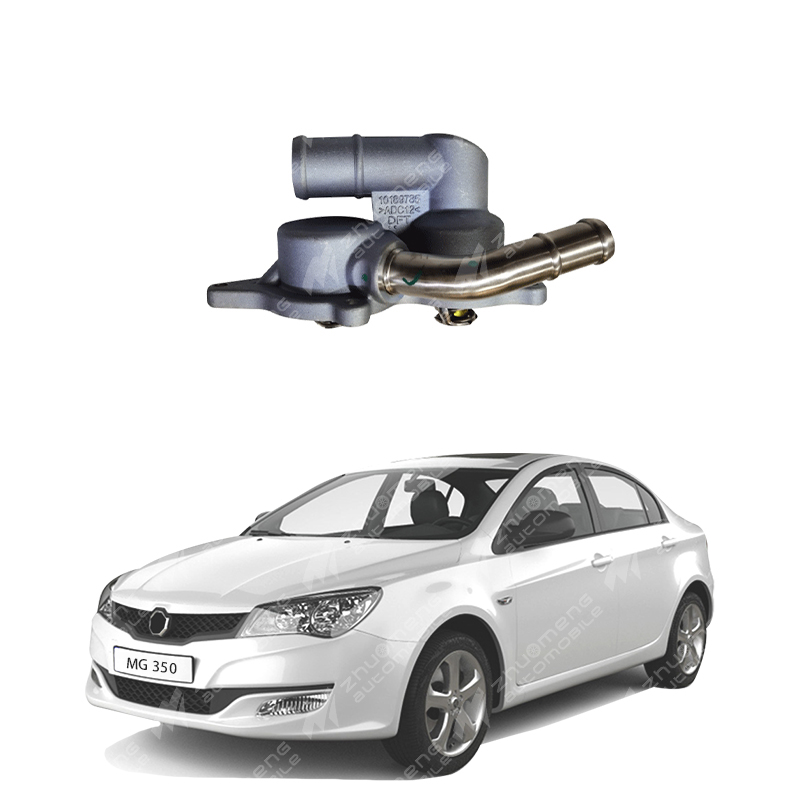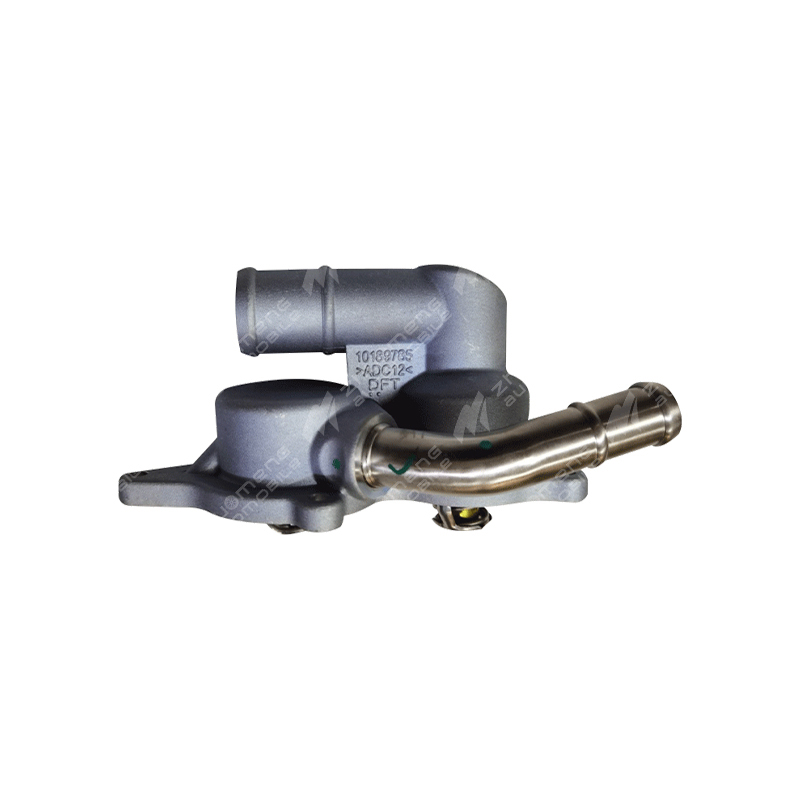What is Thermostat?
Summarize
A thermostat is a device that directly or indirectly controls one or more heat and cold sources to maintain a required temperature. To achieve this function, the thermostat must have a sensitive element and a converter, and the sensitive element measures the change in temperature and produces the desired effect on the converter. The converter converts the action from the sensitive element into an action that can be properly controlled in a device that changes temperature. The most commonly used principle of sensing temperature change is (1) the expansion rate of two different metals combined together (bimetallic sheets) is different; (2) The expansion of two different metals (rods and tubes) is different; (3) expansion of liquid (sealed capsule with external temperature measuring bubble, sealed bellows with or without external temperature measuring bubble); (4) The saturated vapor pressure of the liquid-vapor system (pressure capsule); (5) Thermistor element. The most commonly used converters are (1) switching switches that turn on or off the circuit; (2) A potentiometer with a vernier driven by a sensitive element; (3) electronic amplifier; (4) Pneumatic actuator. The most common use of a thermostat is to control room temperature. Typical uses are: control gas valve; Control the fuel furnace regulator; Control electric heating regulator; Control refrigeration compressor; Control gate regulator. Room temperature regulators can be used to provide a variety of control functions, for example, heating control; Heating - cooling control; Day and night control (the night is controlled at a lower temperature); Multistage control, can be one or multiple heating, one or multiple cooling, or a combination of multistage heating and cooling control. There are generally several types of thermostats: plug-in - the sensitive element is inserted into the pipeline when it is installed above the pipeline; Immersion - The sensor is immersed in the liquid in the pipe or container to control the liquid; Surface type - The sensor is mounted on the surface of the pipe or similar surface.
Effect
Using the latest artistic modeling and microcomputer control technology, control of high intelligence, fan coil fan, electric valve and electric wind valve switch, with high, medium, low, automatic four-speed adjustment control, hot and cold valve with switch type control, can be used for cooling, heating and ventilation three modes of switching. Guarantee high quality comfort, easy installation, operation and maintenance. Widely used in office buildings, shopping malls, industrial, medical, villas and other civil buildings, so that the controlled environmental temperature is constant within the set temperature range, in order to achieve the purpose of improving the comfortable environment.
Working principle
The thermostatic automatic sampler is equipped with a cooling/heating module and uses Paltier elements to effectively cool the air. When opened, the front of the Paltier element is heated/cooled according to the temperature. The fan draws air from the sample tray area and passes it through the channels of the heating/cooling module. The fan speed is determined by the environmental conditions (e.g. ambient humidity, temperature). In the heating/cooling module, the air reaches the temperature of the Paltier element, and then these transverse thermostats are blown under the special sample tray, where they are evenly distributed and flow back to the sample tray area. From there, the air enters the thermostat. This circulation mode ensures efficient cooling/heating of the sample bottle. In cooling mode, the other side of the Paltier element becomes very hot and must be cooled in order to maintain visionary performance, which is achieved through a large heat exchanger on the back of the thermostat. Four fans blow the air from left to right to the fire together and expel the heated air. The fan speed determines the temperature control of the Paltier element. Condensation occurs in the heating/cooling module during cooling. Condensate will be everywhere in the thermostat.
Key points of use
Precautions for the use of thermostat: 1. When either of the automatic sampler and constant temperature automatic sampler is energized, the cable between the two components must not be disconnected or reconnected. This breaks the circuit of the module; 2. Unplug the power cord from the automatic injector and thermostat to disconnect the automatic injector from the line power supply. However, even if the power switch on the front panel of the automatic sampler is turned off, the automatic sampler is still live. Please make sure that the power plug can be unplugged at any time; 3, if the equipment is connected to more than the specified line voltage, it will cause the risk of electric shock or instrument damage; 4. Ensure that the condensate pipe is always above the liquid level of the container. If the condensate pipe extends into the liquid, the condensate cannot flow out of the pipe and block the outlet. This will damage the circuitry of the instrument. From: Thermostat Introduction
Zhuo Meng Shanghai Auto Co., Ltd. is committed to selling MG&MAUXS auto parts welcome to buy.



